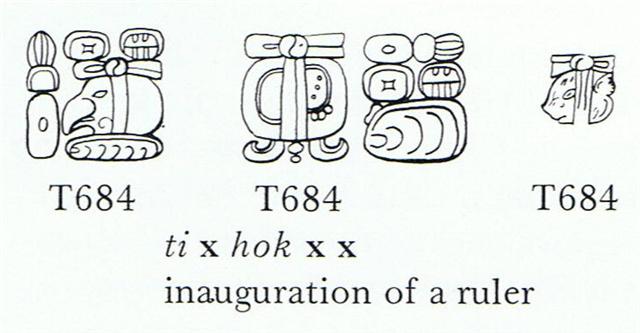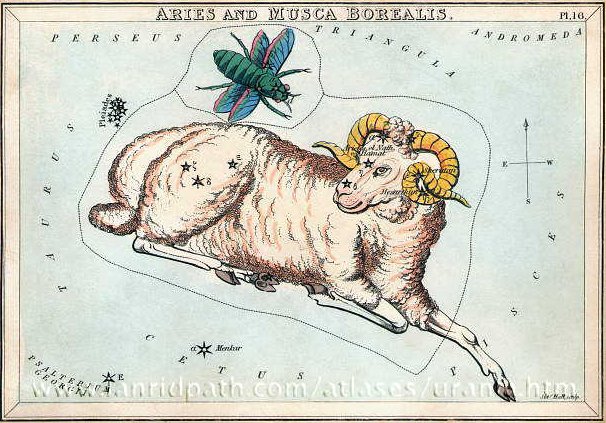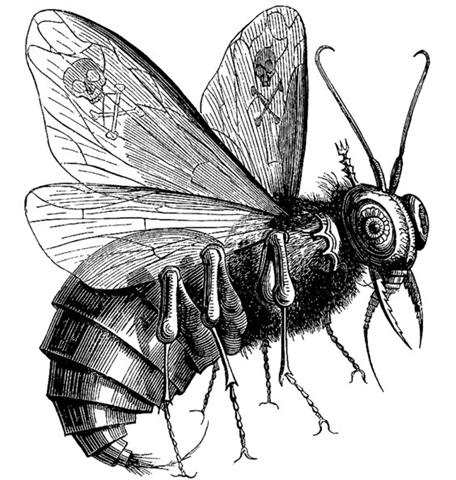282. Once again. Presumably there were traces from the feast (ko koro)
at the end of the old (half-)year, i.e. when at midsummer spring changed to off-spring (hua, 'children'), ... The Celtic year was divided into two halves with the second half beginning in July, apparently after a seven-day wake, or funeral feast, in the oak-king's honour ...
traces which remained in Papa O Pea after Kuukuu had vanished from sight. ... Everytime Kuukuu asked, 'Where are you, friends?' they immediately replied in one voice, 'Here we are!' They all sat down and thought. They had an idea and Ira spoke, 'Hey, you! Bring the round stones (from the shore) and pile them into six heaps of stones!' One of the youths said to Ira, 'Why do we want heaps of stone?' Ira replied, 'So that we can all ask the stones to do something.' They took (the material) for the stone heaps (pipi horeko) and piled up six heaps of stone at the outer edge of the cave. Then they all said to the stone heaps, 'Whenever he calls, whenever he calls for us, let your voices rush (to him) instead of the six (of us) (i.e., the six stone heaps are supposed to be substitutes for the youths). They all drew back to profit (from the deception) (? ki honui) and listened. A short while later, Kuukuu called. As soon as he had asked, 'Where are you?' the voices of the stone heaps replied, 'Here we are!' All (the youths) said, 'Hey, you! That was well done!' He (i.e., Ira) said, 'Let's go! We shall go to Papa O Pea'. They all got up and moved on. On the twentieth day of the month of August ('Hora Iti') they went to Papa O Pea. They all went and came to Papa O Pea, looked around in Papa O Pea, and gave the name 'Papa O Pea A Hau Maka'. They stayed five days in Papa O Pea ...
The wooden (→ Jupiter) bowl for food was presumably left behind as a sign of this change at high summer,
when the eldest of them began to sink slowly (feet first) into the womb of Mother Earth, ... 'To sleep within the Goddess's womb was to die and to come to life anew'. In a system of reincarnation the old one must die in order to be reborn, of course. At midsummer Sun comes to a standstill, and this must therefore be an occasion when the 'flame of life' had to be transported into a new body ...
possibly because down in the Underworld there was no further use of such implements: ... Then again they drove for a little while, and it did not take long, before they could again be felt not to have firm ground under them, because the sledge now made no noise. Thus they kept on driving along. At last they seemed to have stopped, and the Moon began to open the many sledge-skins, and when he had removed them all, she indeed opened her eyes wide. On the large meat platform she could see the animals moving; they were alive, both bears and other great animals. ... What happens when the whole world has burned up, the gods are dead, and all of mankind is gone? You have said earlier, that each human being would go on living in this or that world. So it is, goes the answer, there are several worlds for the good and the bad. Then Gylfi asks: Shall any gods be alive, and shall there be something of earth and heaven? And the answer is: The earth rises up from the sea again, and is green and beautiful and things grow without sowing. Vidar and Vali are alive, for neither the sea nor the flames of Surt have hurt them and they dwell on the Eddyfield, where once stood Asgard. There come also the sons of Thor, Modi and Magni, and bring along his hammer. There come also Balder and Hoder from the other world. All sit down and converse together. They rehearse their runes and talk of events of old days. Then they find in the grass the golden tablets that the Aesir once played with. Two children of men will also be found safe from the great flames of Surt. Their names, Lif and Lifthrasir, and they feed on the morning dew and from this human pair will come a great population which will fill the earth. And strange to say, the sun, before being devoured by Fenrir, will have borne a daughter, no less beautiful and going the same ways as her mother. Then, all at once, concludes Snorri's tale wryly, a thunderous cracking was heard from all sides, and when the King looked again, he found himself on the open plain and the great hall had vanished ... When she now came up beside him, he, the Moon, invited his (new) wife to enter, saying: Please enter, but take care not to look into the side-house, for my little sister is apt to singe all that is strange to her! Thus the Moon said to her. She now went in, and she was on the point of glancing towards the side-house, but alas one side of the border of her hood was singed.
(NGC 2392 Gemini, the Eskimo Nebula.) Then she sat down on the sleeping platform and for the time being remained sitting there. At the front wall of the house she caught sight of some poor human beings, their faces were one broad grin - they had no entrails. Thus she now sat there. At last, after some time, the Moon entered, and he now said: Look at those poor fellows there without entrails, they are those my cousin has deprived of their entrails!
... This terra-cotta mask shows the unlovely face of Humbaba/Huwawa, the guardian of the cedar felled by Gilgamesh and Enkidu. The title of 'God of the fortress of intestines' is also given to him, and some scholars conclude from this title, as well as from the pictorial evidence, that Humbaba was the inhabitant and lord of the labyrinth, a predessor of Minotaurus ...
He had given one of them something to chew, but as usual it fell down through him, where the entrails had been removed. Whenever they swallowed something, they had chewed a little, it fell right through them ...
The head-gear which in the picture above is falling down from the central Tree could illustrate the disappearance from view of its owner: ... The state of the tree loomed large in their thoughts, because it came about at the same time the head of One Hunaphu was put in the fork. The Xibalbans said among themselves: 'No one is to pick the fruit, nor is anyone to go beneath the tree', they said. They restricted themselves, all of Xibalba held back. It isn't clear which is the head of One Hunaphu; now it's exactly the same as the fruit of the tree. Calabash came to be its name, and much was said about it ... Like the Chesire-Cat, who slowly vanished until only his grin remained:
... Figs. a, b and e are Peruvian spirit emblems painted or embroidered on the burial gifts formed like sails ... Figs. c and d are petroglyphs of a type common in the Marquesas and Society Islands ... This peculiar type of Polynesian petroglyph represent, like so many of the Peruvian spirit emblems, an anthropomorphic figure drawn in two parallel lines in such a way that the body is not joined at the hips. Fig. f is a petroglyph from Kauai, Hawaii, reproduced by Bennett ... who describes it as 'triangular body not joined at the hips.' He further says ... of the local anthropomorphic figures in Kauai petroglyphs: 'Two, three, and four toes are found, with three as typical.' Both the triangular body, gaping hips, crooked arms, and a strange number of toes and fingers agree remarkably well with spirit emblems in early Peru ...
Heaps of stones (formed into pyramids) were used to indicate burial places,
where the spirits of the dead were dwelling waiting for their proper times to leap up into heaven. ... Considering the fact that the crossroads of ecliptic and Galaxy are crisis-resistant, that is, not concerned with the Precession, the reader may want to know why the Mangaians thought they could go to heaven only on the two solstitial days. Because, in order to 'change trains' comfortably, the constellations that serve as 'gates' to the Milky Way must 'stand' upon the 'earth', meaning that they must rise heliacally either at the equinoxes or at the solstices. The Galaxy is a very broad highway, but even so there must have been some bitter millenia when neither gate was directly available any longer, the one hanging in midair, the other having turned into a submarine entrance ... ... From a religious point of view, the high regard for flies, whose increase or reduction causes a similar increase or reduction in the size of the human population, is interesting, even more so because swarms of flies are often a real nuisance on Easter Island, something most visitors have commented on in vivid language. The explanation seems to be that there is a parallel relationship between flies and human souls, in this case, the souls of the unborn. There is a widespread belief throughout Polynesia that insects are the embodiment of numinous beings, such as gods or the spirits of the dead, and this concept extends into Southeast Asia, where insects are seen as the embodiment of the soul ...
... Then he covered everything with soil. He hid (the head), took it, and went up. When he was inland, he put (the head) down at Te Avaava Maea. Another day dawned, and the men saw a dense swarm of flies pour forth and spread out like a whirlwind (ure tiatia moana) until it disappeared into the sky. Tuu Maheke understood. He went up and took the head, which was already stinking in the hole in which it had been hidden. He took it and washed it with fresh water. When it was clean, he took it and hid it anew. Another day came, and again Tuu Maheke came and saw that it was completely dried out (pakapaka). He took it, went away, and washed it with fresh water until (the head) was completely clean. Then he took it and painted it yellow (he pua hai pua renga) and wound a strip of barkcloth (nua) around it. He took it and hid it in the hole of a stone that was exactly the size of the head. He put it there, closed up the stone (from the outside), and left it there. There it stayed ...
... On Easter Island it was the sooty tern, the sea swallow, manu tara, who arrived on wings with spring - like the bird sent out by Noah:
Swallows are swallowing insects (the souls of the not yet reborn) and their return in spring should mean the return of the spirits to Mother Nature. ... Now birds and fishes are born under the sign of the Yin, but they belong to the Yang. This is why birds and fishes both lay eggs. Fishes swim in the waters, birds fly among the clouds. But in winter, the swallows and starlings go down into the sea and change into mussels ...
... Several of the early missionaries comment with a fine sense of humor upon the mistake the islanders made in calling the cow when first seen a bird. This is the word which led the good missionaries into the error of their own ignorance. Manu is as wholesale in its signification as our word animal, it is generic. In the paucity of brute mammalia the first missionaries found this general term most frequently used of birds, and it was their and not a Polynesian mistake to translate manu into bird. In the material here collected it will be seen that the significations animal and bird are widely extended. In the Paumotu insects are included; the same is true of Mota, where manu signifies beetle as well as bird. Nor is its applicability restricted to earth and air; it reaches into the sea as well. Samoa uses i'amanu (fish-animal) for the whale ... When Kuukuu had gone down and asked for his friends it would be proper to let the spirits connected with the 6 heaps of stones answer. When a sprit calls you should not answer, instead the voice of other spirits should respond. ... Tu'u Ko Ihu the priest and navigator, was the tahunga who first carved images in this land. When he was living at Ahu te peu this chief decided to go to the house at Hanga Hahave called the House of Cockroaches. He therefore left in the early morning and climbed up to Punapau. In front of the red cliff there he saw two spirits, sleeping. They had no flesh, those spirits, their ribs were showing. Their names were Hitirau and Nuku-the-Shark. Tu'u ko ihu did not stop lest the spirits whould know he had seen them. If they did he would die ...
|
.jpg)
.jpg)
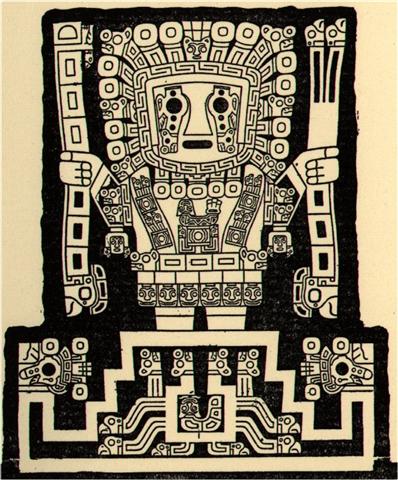
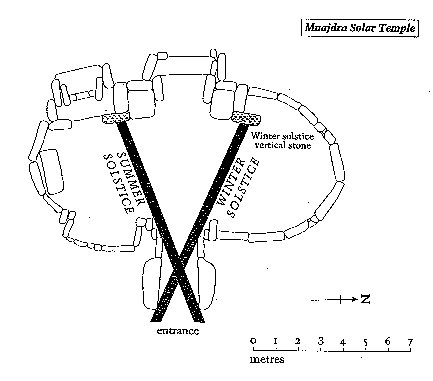
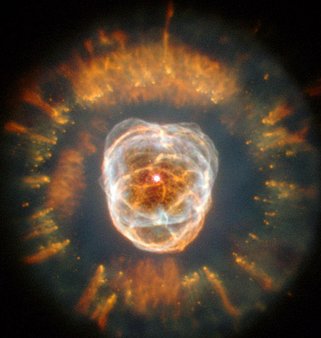



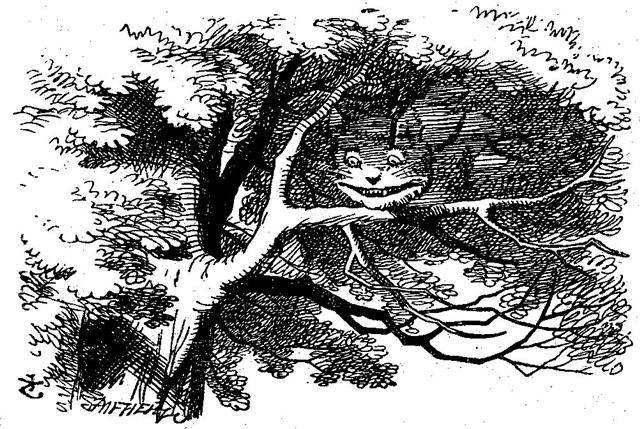

.jpg)
